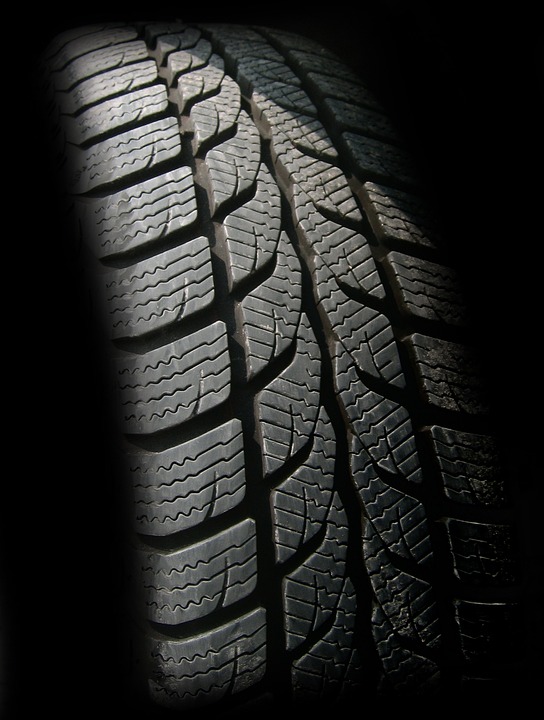When to Replace Your Tires: Signs That It’s Time for an Upgrade
Meta Description: Discover vital signs indicating when to replace your tires for enhanced safety and performance.
Tires are the unsung heroes of your vehicle, serving as the critical contact point between your car and the road. However, they often go unnoticed until a significant issue arises. Understanding when to replace your tires can prevent accidents and ensure optimal performance, making tire maintenance a vital part of vehicle care. This article outlines the key signs that alert you it’s time for an upgrade.
The Importance of Tire Maintenance
Tire maintenance is not just about safety; it also affects fuel efficiency, ride quality, and the overall performance of your vehicle. Worn-out tires can lead to increased braking distances and decreased traction, especially in adverse weather conditions. The rule of thumb is that if you can’t remember the last time your tires were checked or rotated, it’s time to take action.
Signs It’s Time to Replace Your Tires
Let’s delve into the definitive signs that indicate a need for tire replacement:
1. Tread Wear Indicators
Most modern tires come equipped with tread wear indicators—small raised bars located within the tire grooves. When the tread wears down to the same level as these bars, it’s time for an upgrade. Here’s how to check:
- Visual Inspection: Look for the indicators on your tires. If they are flush with the tread, your tires are worn.
- The Penny Test: Insert a penny into the tread grooves. If you can see all of Lincoln’s head, it’s time to replace your tires.
2. Cracks and Bulges
Visual inspections can also help you identify cracks or bulges on the tire sidewalls. These deformities can lead to blowouts and indicate that the tire integrity is compromised. If you notice any of the following, don’t delay in replacing the tire:
- Cracks: Often caused by UV exposure, dry rot, or age.
- Bulges: May indicate a structural failure, likely due to hitting a pothole or curb.
3. Uneven Wear Patterns
Uneven tire wear can signal alignment, suspension, or inflation problems. Assess your tires frequently for any disparities in wear patterns. Common issues include:
- Cupping: Causes a wavy pattern on the tread, linked to suspension problems.
- Wear on One Side: Indicates misalignment; the tires will wear more on one edge.
4. Age of the Tire
Even if your tires have adequate tread, consider their age. Most manufacturers recommend replacing tires every six years, regardless of tread wear. Check the tire’s sidewall for the DOT (Department of Transportation) code, which tells you when the tire was made. If the tires are over ten years old, it’s time for a replacement, as the rubber can degrade over time.
5. Vibration or Noise
Unusual vibrations or noises while driving may indicate internal tire issues. While vibrations can also point to unbalanced wheels, persistent shaking can be a warning sign. Listen for:
- Thumping or Drumming: This could indicate a flat spot or internal damage.
- Rattling Sounds: May point to poor tire alignment or damage.
Benefits of Timely Tire Replacement
Replacing worn tires is critical to maintaining your vehicle’s safety, but it also comes with additional benefits:
- Enhanced Fuel Efficiency: Worn tires can increase rolling resistance, decreasing fuel economy.
- Improved Handling and Performance: New tires provide better traction, handling, and braking.
- Longer Vehicle Life: Regular tire maintenance improves suspension and can enhance your vehicle’s longevity.
Tips for Tire Maintenance
Consistent tire maintenance can extend your tires’ life and enhance your driving experience. Here are some tips:
- Regular Inspections: Check tire pressure monthly and inspect tread and sidewalls regularly.
- Rotation and Alignment: Rotate your tires every 5,000 to 8,000 miles and ensure proper alignment to promote even wear.
- Maintain Proper Inflation: Under-inflated tires can wear faster and pose safety risks. Keep them inflated to the manufacturer’s specifications.
Conclusion
Recognizing when to replace your tires is crucial for ensuring safety on the road. By being attentive to tread wear, visual integrity, age, and vehicle performance, you’ll make informed choices that enhance your driving experience. Remember, timely maintenance can save you from costly accidents and enhance your vehicle’s efficiency.
If you suspect it’s time for an upgrade, don’t hesitate to visit a tire professional for an assessment. Protect yourself and ensure a smooth ride—your tires deserve the best care!
For further information on tire maintenance and safety, visit National Highway Traffic Safety Administration for in-depth resources and guidelines. Stay safe on the road!


